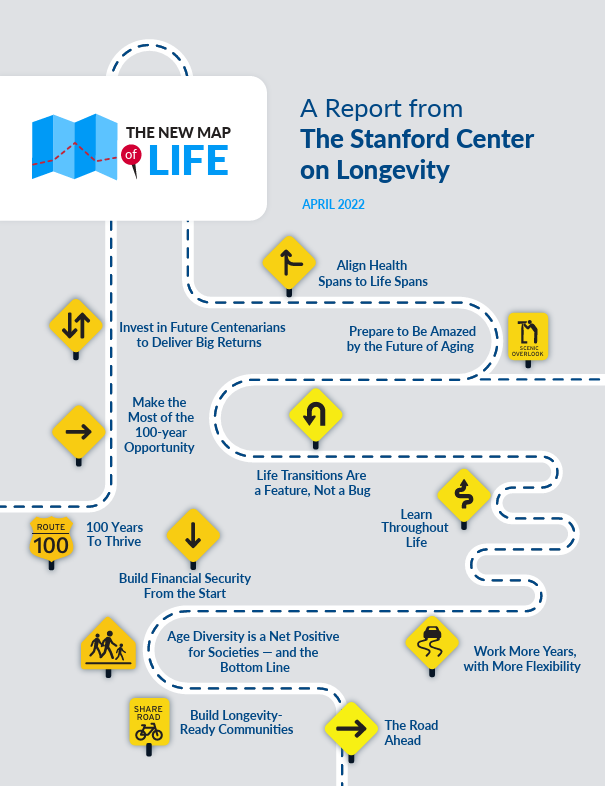Many Gen Xers, now the ‘sandwich generation,’ juggle care for aging parents, their own families, and careers. To manage everything, they often coordinate schedules and delegate tasks. Lotsa Helping Hands (https://lotsahelpinghands.com/) can assist with this; it’s a centralized hub for caregiving coordination.
This free platform allows families to create a private group calendar. They organize doctor’s appointments, medication reminders, meal deliveries, and transportation on it. Family, friends, and neighbors sign up for tasks, preventing any single person from becoming overwhelmed. This benefits those with complex care needs or when family members live at a distance.
The platform boasts a user-friendly interface, ensuring even those less tech-savvy navigate it easily. Recurring events and automatic reminders are significant advantages, guaranteeing that users don’t miss important tasks. Furthermore, communication tools enable family members to share updates and information effortlessly.
However, like any platform, it has limitations. While the free version offers robust features, some users may require more advanced functionalities, potentially needing a paid subscription. Additionally, its effectiveness depends on all involved participating and updating the calendar; a lack of engagement from some family members can diminish the tool’s utility.
In summary, Lotsa Helping Hands provides a valuable resource for Gen X caregivers. It simplifies care coordination, reduces stress, and enhances family communication. Though not without its imperfections, it serves as an excellent starting point for those seeking to streamline caregiving. For a generation that prioritizes efficiency, Lotsa Helping Hands offers tangible support.












